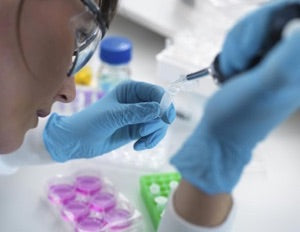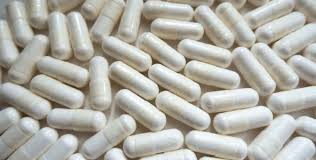Researchers at the University of Toronto have developed a new technique of injecting healthy cells into eyes affected by vision loss due to age-related macular degeneration (AMD) or retinitis pigmentosa.
AMD and retinitis pigmentosa are both caused by the death of retinal cells. In both of these eye conditions, retinal pigmented epithelium (RPE) cells die, which in turn causes photoreceptors (cells responsible for vision) to die. Currently, the dry form of age-related macular degeneration has no cure but nutritional supplements like VisiVite's AREDS 2 formulations may help prevent the onset of the condition.
Previous attempts to inject healthy photoreceptors into the eye to replace the dead cells resulted in most of the injected cells dying because of the difficulty in integrating the new cells into the existing tissue.
This time, researchers are using engineered biomaterials known as hydrogels to assist in the survival of the injected cells once they are transplanted. By reducing inflammation, and creating an even distribution of cells, the hydrogels facilitate tissue healing in the critical first days of transplantation. The hydrogels eventually degrade naturally only leaving the healthy cells behind.
Initial study results in mouse models are promising. Researchers reported that mice who received the co-injection of RPE and photoreceptors with the hydrogel recouped about 10 percent of their normal visual acuity. Mice who received only the RPE cells or the photoreceptor cells showed little to no improvement.
The research team is pleased with these initial study results but caution that much more needs to be done before the therapy makes its way to human subjects.














